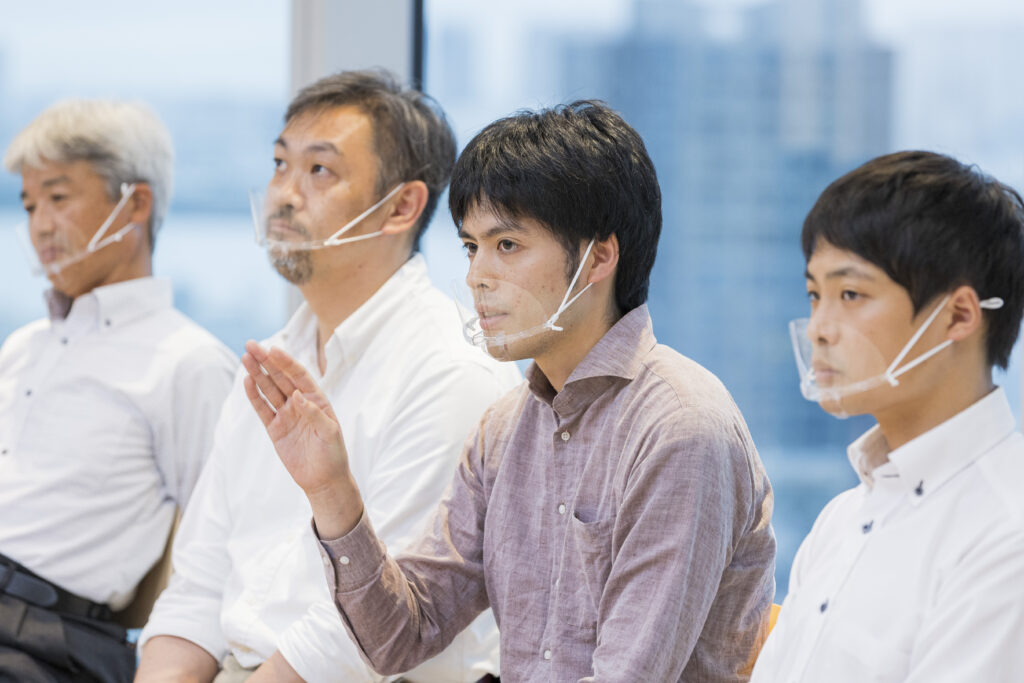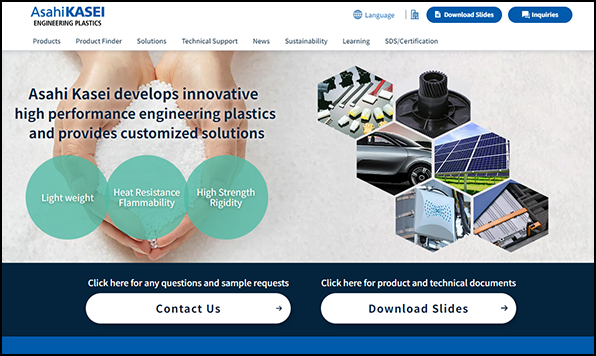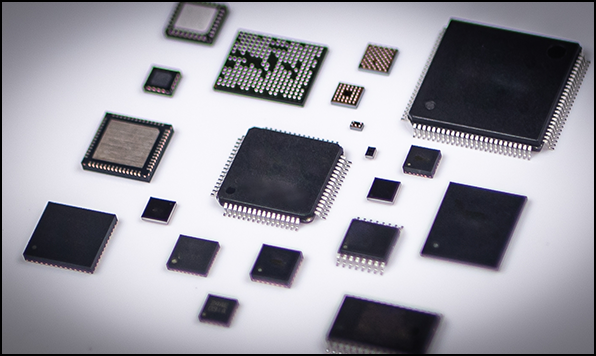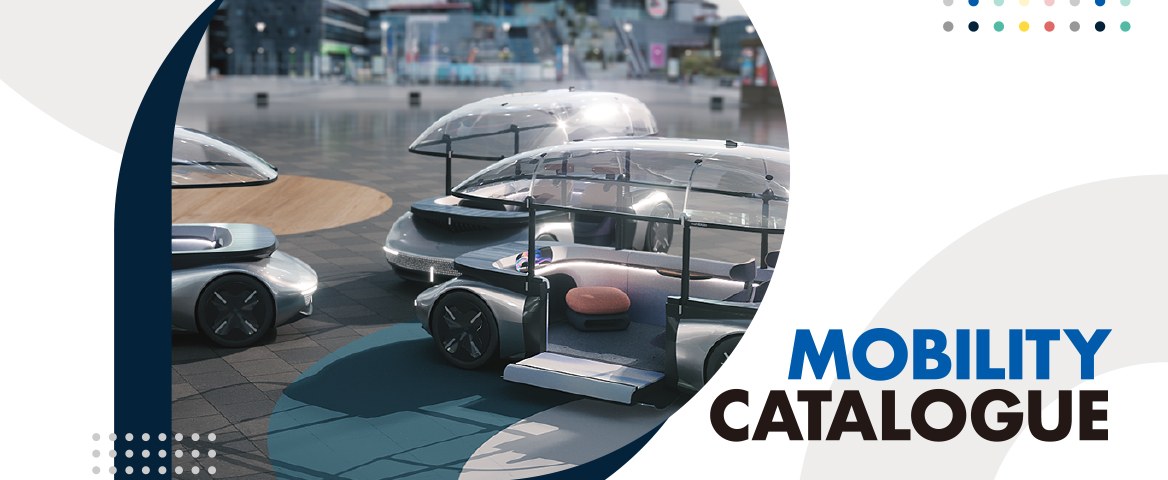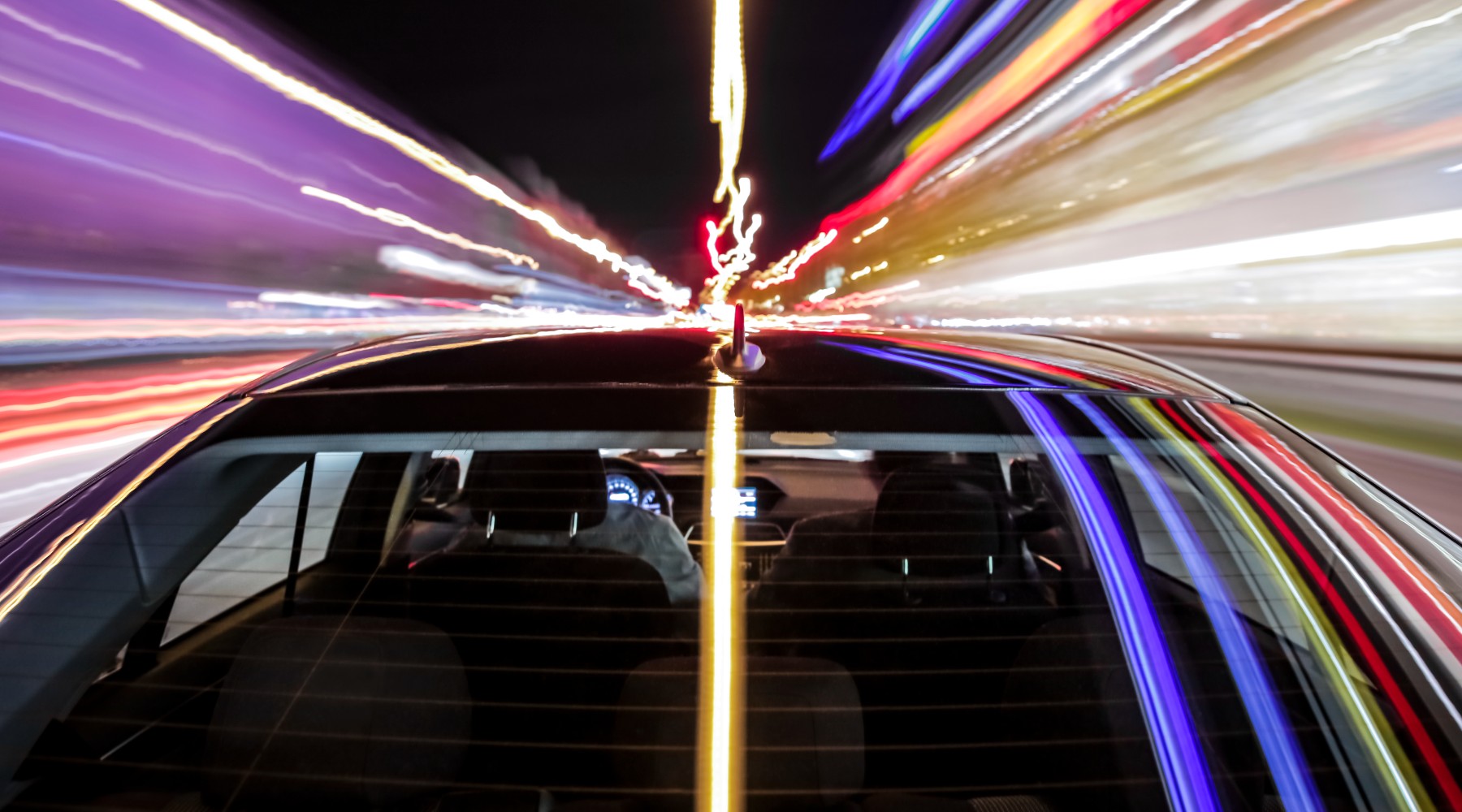
Sound Management
Driving experience will be more enjoyable with sound management.
~Part 3: The Road to a Total Solutions Business 〜“Active & Passive” Talk session〜~
Jan 11, 2022
The mobility industry is said to have a revolution once in 100 years and is in dire need of a new outlook when it comes to in-cabin/external sound management. Our special talk session in Part 1 was focusing on “Active” solutions with electronic components, while Part 2 was on “Passive” solutions via High-performance materials. In Part 3 we will be discussing about integrated solutions with members of the engineering and marketing teams that combine the approaches from our earlier discussions. How can Asahi Kasei collaborate with its own business divisions to provide value to the world with our sophisticated technology and extensive knowledge? We will listen to our team’s thoughts on the ongoing real-life issues in society, people’s needs that we expect in the future, as well as our Demo-car project that is already in progress.
(* For the previous article, please see Part 1 & Part 2.)
Click here to contact us about Asahi Kasei’s products and usage examples.
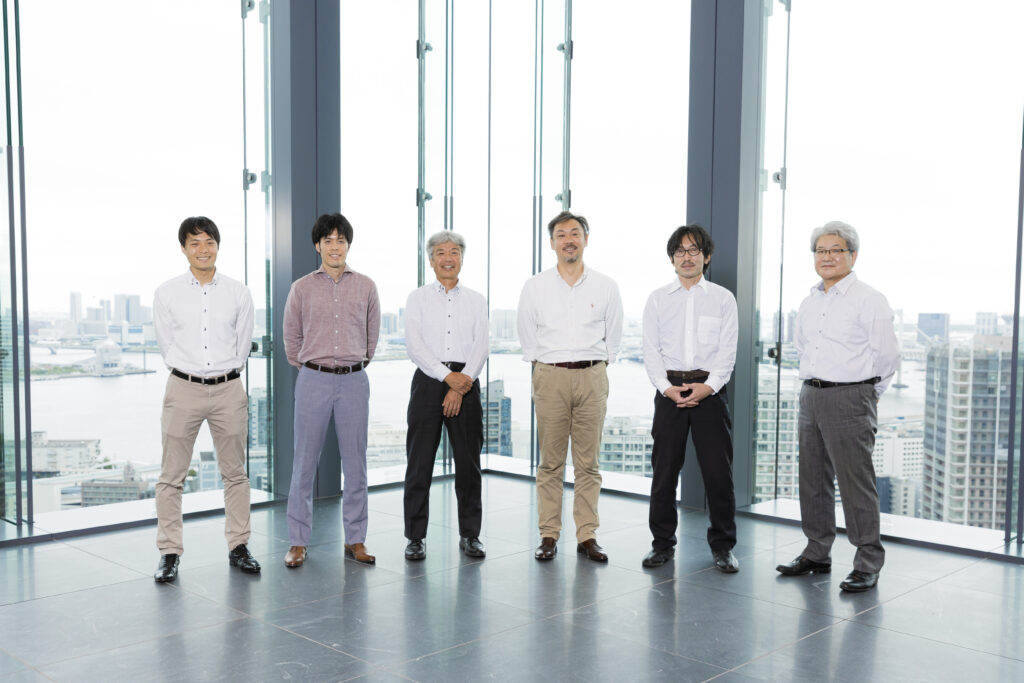
▲From Left) Yasuhito Takahashi/Asahi Kasei Performance Products SBU-Spunbond BU-Spunbond Material Sales Dept., Katsuya Takahashi/Spunbond Technology Development Dept., Akira Saeki/Senior Sound Processing Expert at Asahi Kasei Electronics (AKM) M&S Center Solution Development Team 1, Hiroyoshi Imai/AKM M&S Center-Global Marketing Dept., Tetsuo Nakamoto/Asahi Kasei R&D HQ-High performance Polymer Technology Development Center-Polymer Base Technology Development Dept., Shoji Imai/Performance Products SBU-Polymer Technology Development HQ-Foam Technology Development Dept.
What is the product value of sound management and what points should be emphasized?
— Do you feel there are any challenges currently in the field of sound management?
Imai (Sunforce™(AM)): “Since our ’Sunforce™(AM)’ is a new material (sound absorption, sound cancellation), it is drawing interest from many customers. However, if they are not satisfied with both its performance and cost, that would be the end of the story. How much value would the general consumer place on our product for their acoustic space? For example, does the consumer prefer silence or a relaxing atmosphere for music in their vehicle? I think we should consider emphasizing those things.”
Saeki (Electronics components): “Someone from a car maker (OEM) once told me, ‘Our ultimate goal is silence.’ The person continued, ‘Some people like to add various sounds to the cabin while others prefer to enjoy some music. However, silencing is the most basic acoustic environment that everyone wants.’ Therefore, I think we need to aim for ‘quiet performance’ first.”
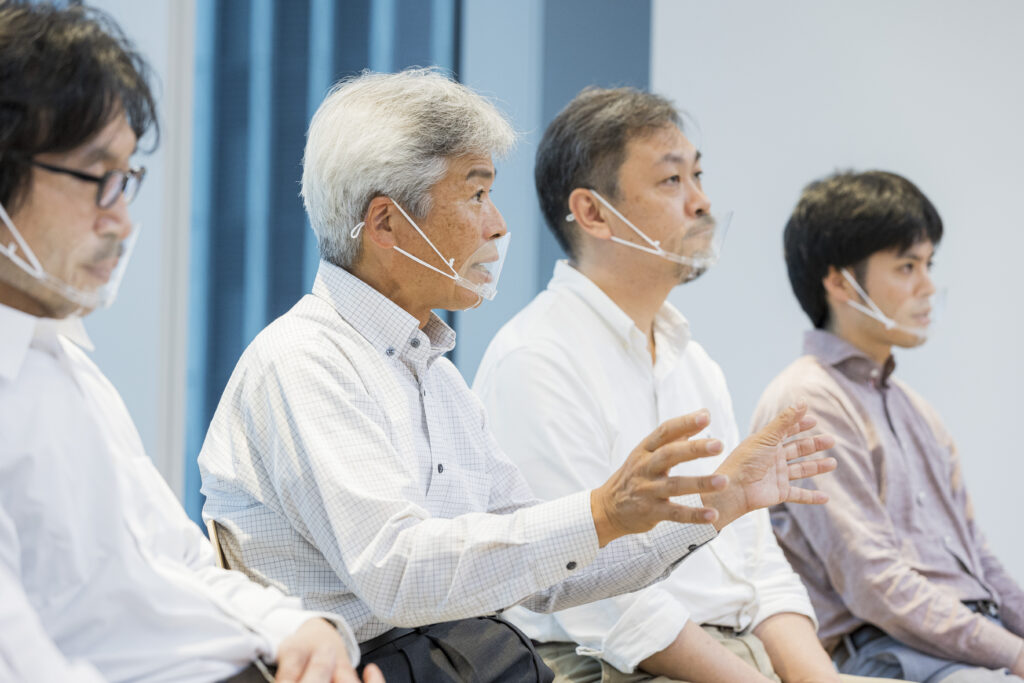
Optimizing cost and performance via Active & Passive solutions
– In order to achieve quiet performance, Active solutions work best to cancel noises at low frequency ranges and Passive solutions work best from mid to high frequency ranges (see Parts 1 & 2 for more details).
Nakamoto (Sunforce™(AM)): “To cover the low frequency range with a passive approach using materials, vibration needs to be reduced. For example, heavy duty components, like asphalt-deriving noise cancellation materials, used to be embedded into vehicles to reduce vibration. However, this causes vehicles to get worse gas mileage, so lately, reducing the vibration permeation rate by sound absorbing material onto a lightweight noise cancellation layer is becoming the mainstream solution. That being said, in reality, I don’t think we have yet reached a satisfactory level. While great efforts are being made to reduce vibrations as much as possible, there appears to be a limit to what materials can do to reduce low frequency noises after all.”
Saeki(Electric components): “The frequency range of uncomfortable noises that mainly derive from the rotation of the engine motor ranges from tens of Hz up to 300 Hz. As Nakamoto-san already explained, it is very hard to reduce these noises with materials. Therefore, from cost and performance perspectives I think it would be best to reduce noises at lower frequencies with electronic components, and 500 Hz+ frequencies using materials.”
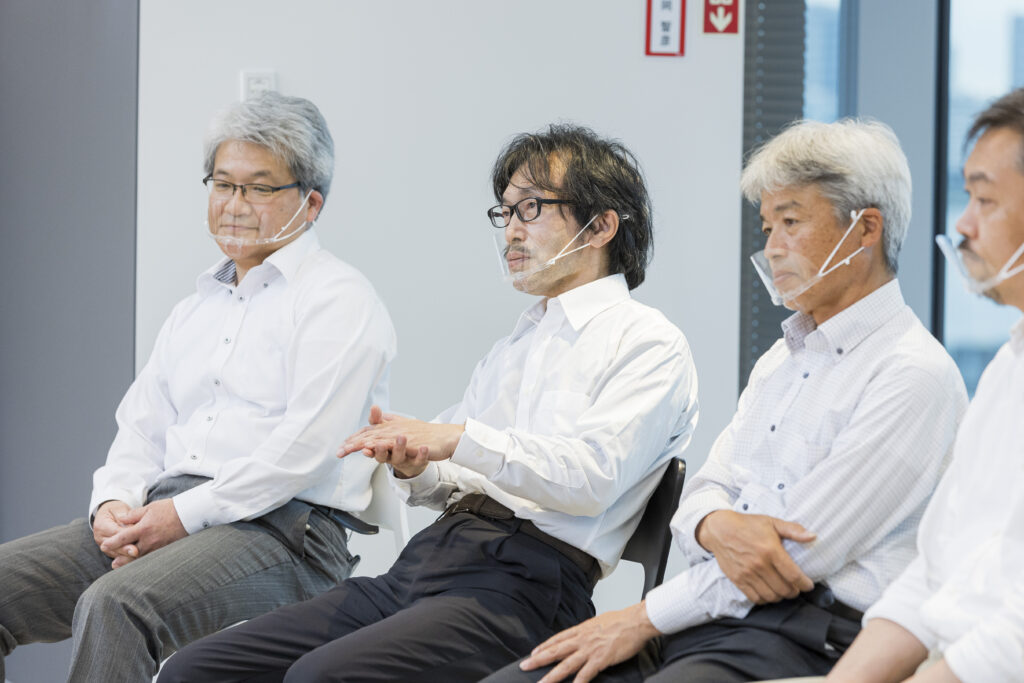
– Another question, is it possible to achieve the same level quietness as, say, a library?
Saeki (Electronic components): “When a low-frequency noise is electronically cancelled using Active Noise Cancellation technology, a ’Gohhhh’-like sound that you would hear while driving on a road would change into ’Shahhhhh’-like sound. Then, if a mid to high-frequency noise is cancelled using various types of materials, the ’Shahhhh’-like sound can be reduced. After this, the ’Gohhhh’-like sound will become apparent again and the same solution cycle will be repeated over and over. It is possible that the in-cabin noise level will eventually get close to a library-like quietness (approximately 40 dB) – although it is never easy to achieve.”
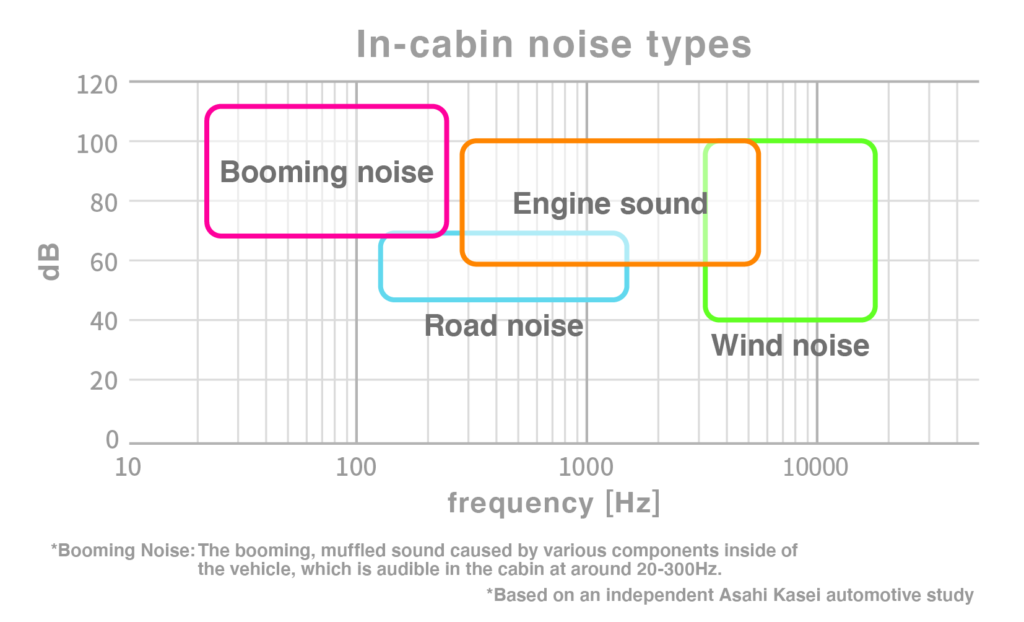
▲Air vibration frequency per second is called frequency and its measurement unit is Hz. For example, a “La” sound on piano vibrates 440 times per second, which means 440 Hz. Sounds at low frequencies are recognized as bass tones, and sounds at high frequencies are recognized as treble tones. On the other hand, an index called “acoustic pressure” is used as a measurement unit to express sound volume perceived inside human ears and its measurement unit is decibels (dB). For example, the noise people would hear inside a bus or train is about 70 dB.
EV will expose noises that did not bother people before
Saeki (Electric components): “While EV does not have engine noise, people may begin to notice new noises that vehicles did not have before. A contact at an OEM used to say that the relay switch’s clicking sound from the car battery was bothering him. I think we are going to need to resolve these types of noise issues.”
Katsuya Takahashi (Precise™): “My team is also anticipating that this battery switch sound you mentioned as well as road noise and wind noise that most people did not mind before would bother them with EVs. We are discussing how to make Precisé™ cover these noises’ frequency ranges. Furthermore, we are expecting in the future that we may start receiving more specific requests such as reducing the peak noise that is generated within a particular sound range.”
Nakamoto (Sunforce™(AM)): “Our ‘Sunforce™ (AM)‘ would be an extremely effective material to support requests for only reducing noises within a particular zone, like you just mentioned regarding peak noise reduction. I am confident that EV-specific wide-frequency noises that tend to bother people could be reduced if Sunforce™ (AM) were used in combination with various resin films and like Precisé™.”
Beyond silence… We can now specify our own sound designs for “Pink Noise”?!
Nakamoto (Sunforce™(AM)): “I assume the reason why wind noise like a “Zhhhhh” sound bothers people may be because it’s not only impacted by a strong tone but also by a power spectrum (wave energy distribution per frequency). It is said that people feel comfortable with frequency fluctuation that presents an alpha-rhythm brain wave as well as impulsion within the naturally existing 1/f sound fluctuation. In a natural acoustic environment, a noise containing the 1/f fluctuation, such as complex sounds like a waterfall in the distance, is called “Pink Noise,” and it would feel very comfortable. That’s why as EVs become more widespread, we are imagining that people will want to pursue sound management with a “more comfortable frequency distribution” beyond the simple evolution of in-cabin silence.”
Saeki (Electric components): “Since long ago, European OEMs have been working on the cozy sound that is generated when a car door closes as their top priority. Today, Japanese and Chinese OEMs are targeting the same type of sound management at extraordinary speeds. One of our OEM contacts said, ‘From human ergonomics and sensibility engineering perspectives, it is better to embed a certain amount of super cozy sounds into vehicles.’ Users should be able to choose from the ones they like. Vehicle owners can freely choose body color and design, but they cannot yet choose sounds. For example, let’s imagine that we completely silence the EV’s uncomfortable inverter noise to make the in-cabin space very quiet and then artificially add acceleration sound instead. In this case, we can just press a button and pick an acceleration sound from a variety of selections like a science fiction-type sound, a traditional engine sound, and so on. I think it would be great if we had design options that could change the in-cabin atmosphere with the press of a button. Of course, we will never know if vehicle users will accept and appreciate these types of features or if we can make money from sound management until we actually make it happen. Either way, I believe combining in-cabin silence with sound design features is a critical goal for us to accomplish.”
Visualize optional features and collaborative effects with our Demo car (demonstration vehicle)
Yasuhito Takahashi (Precise™): “We have a device to measure sound via vertical incidence*, and we are also collaborating with third-parties who are experts on sound. This device is using a surface material together with base materials rather than on its own, so we are working on proposals in combination with base materials as well. There is a software that is capable of simulating performance features and providing data results without actually measuring it when Precisé™ is onto a base material.”
* Vertical incidence: A method to measure the sound absorption rate at the time a sound vertically enters a material layer by outputting the sound from either side of a microphone-embedded acoustic tube where the sample material layer is placed inside. The sound absorption rate of each material varies depending on the angle it enters the object.
Katsuya Takahashi (Precisé™): “After the simulation software became available and we verified its accuracy, we no longer needed to make a lot of trial samples for every measurement test like we used to. Therefore, we feel our project speed is picking up every day.”
Yasuhito Takahashi (Precise™): “I am assuming that there will be many more ways to take advantage of this simulation software in the future.”
Nakamoto (Sunforce™(AM)): “The measurement relation of ‘Sunforce™(AM)’ is about the same as Precisé™. Our internal project team is working on an evaluation test via vertical incidence using acoustic tubes. At the same time, we are currently collecting basic data by conducting evaluation tests in some special measurement spaces using external facilities such as reverberation chambers and anechoic chambers*. Additionally, we are discussing how to configure material structures for each application using acoustic simulation software. Through this software, we are preparing for providing accurate structural designs that suit each component material in the future. Also, we have installed prototype sound proofing components that we built using our materials into an actual vehicle – a Demo-car** – and started collecting sound measurement data in real time. We are going to move ahead and start comparable analyses combined with acoustic simulation data as well as test validation.”
*Reverberation chamber: A room where sound energy can travel evenly and spread out into every direction anywhere inside.
Anechoic chamber: A device to create a non-directional diffuse sound space for accurately evaluating each material’s sound cancelling/sound absorption performance.
**Demo-car: A vehicle with Asahi Kasei’s cutting-edge solutions embedded at the standard level that can be applied to commercial vehicle development without any modifications. This vehicle is used to run simulation tests to verify what product effects we can achieve when it is embedded into an actual vehicle by comparing with the performance result from the testing room or simulation chamber as well as having our customers experience Asahi Kasei’s cutting-edge solutions inside an actual vehicle.
Saeki (Electric components): “Our team is also primarily analyzing measurement data via simulation and actual vehicle testing. Sound design cannot be simply processed in one’s head and it is hard to measure if each designed sound is providing enough emotional appeal to users. Therefore, I strongly suggested to the company management, “Let’s build a Demo-car!” in order to virtually experience the basic numerical data that we worked out on the desk, and then it finally happened.
“For example, if we try to accomplish sound management only focusing on quiet performance via noise cancellation with a lot of sound absorption materials, the result often turns out that high-pitched sounds from audio systems get absorbed and it stops there. You will never find that out until you actually experience the sound in a real-life setup, which is something we have to do and not what we should make our customers do. We just keep going until ‘Eureka! This is it!’ Then, we will be able to foresee how much we can eventually accomplish and what the next milestone to achieve may be.”
Implementation example for a Demo car
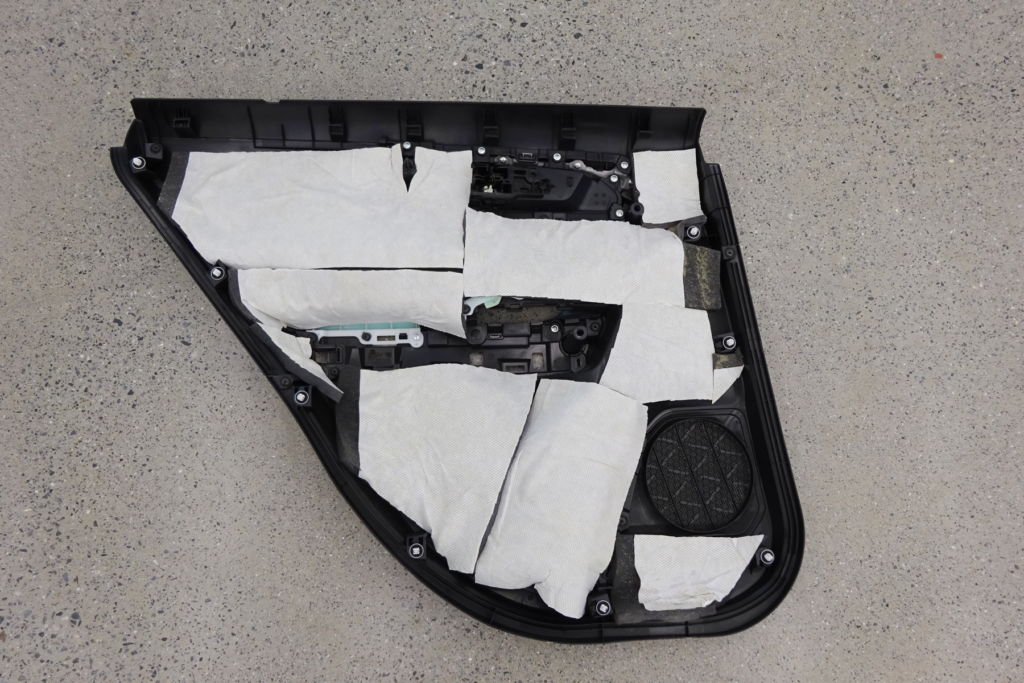
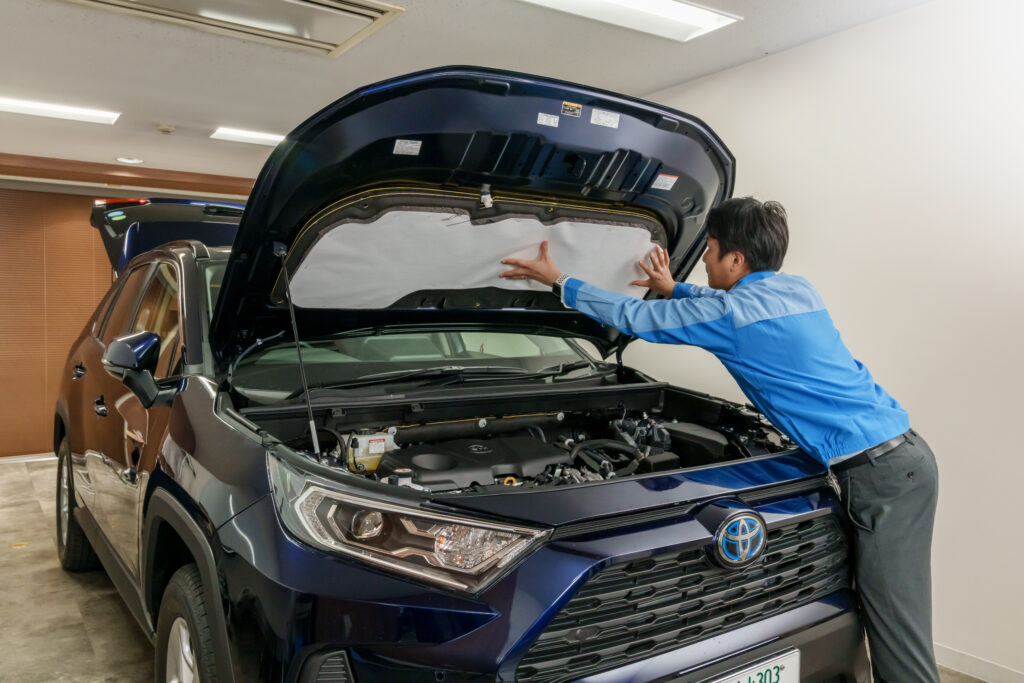
Become a reliable partner for Team Asahi Kasei’s Total Solutions
(What performance feature would you look for? What approach do you think is the best?)
Hiroyoshi Imai (Electric components): “While we still need to discuss specifics, I think we will need to go beyond the current phase where we are focusing on contributing to problem solutions using our individual product’s performance features, and then ultimately provide multi-lateral solutions upon taking advantage of each product’s competitive advantages. By doing so, we will be able to save customers’ time to look for solutions and provide extreme value-added solutions to them.”
Yasuhito Takahashi (Precisé™): “As Imai-san just said, Asahi Kasei’s advantage is that we can provide sound management from both Active and Passive sides. It will be great once our customers start saying, ‘well, let’s just consult Asahi Kasei,’ when they come across acoustical challenges.”
Shoji Imai (Sunforce™(AM)): “Currently, we are working on a project with our customers aiming to achieve ‘In-cabin silence’ as a joint initiative between AK Electronics, Precisé™, and Sunforce™(AM). During the kick-off meeting, one of our customers said, ‘I have experience working on all kinds of component-based NVH solutions, but have never considered creating an in-cabin space for the entire vehicle. That’s why I am getting very excited with this project.’ His comment was a great surprise to me and I think it would be great for Asahi Kasei to not only focus on individual component-based proposals in the traditional way, but also start coordinating the entire vehicle’s in-cabin space solutions as well as running evaluation tests and providing new value-added solutions (performance features) to customers. I believe that’s what our customers are also looking for.”
Through collaboration with Active and Passive solutions, our business divisions will continue to seek solutions to the challenges posing automotive electrification together as Team Asahi Kasei. Gathering our teams together to discuss these trends helped us realize that we have the technology and expertise to really contribute to innovation in new and creative ways. We look forward to working with our teams, partners, and customers to uncover discoveries as we continue Creating for Tomorrow.
Click here to contact us about Asahi Kasei’s products and usage examples.
This article was published on January 12, 2022.
 Mobility-related information website
Mobility-related information website
